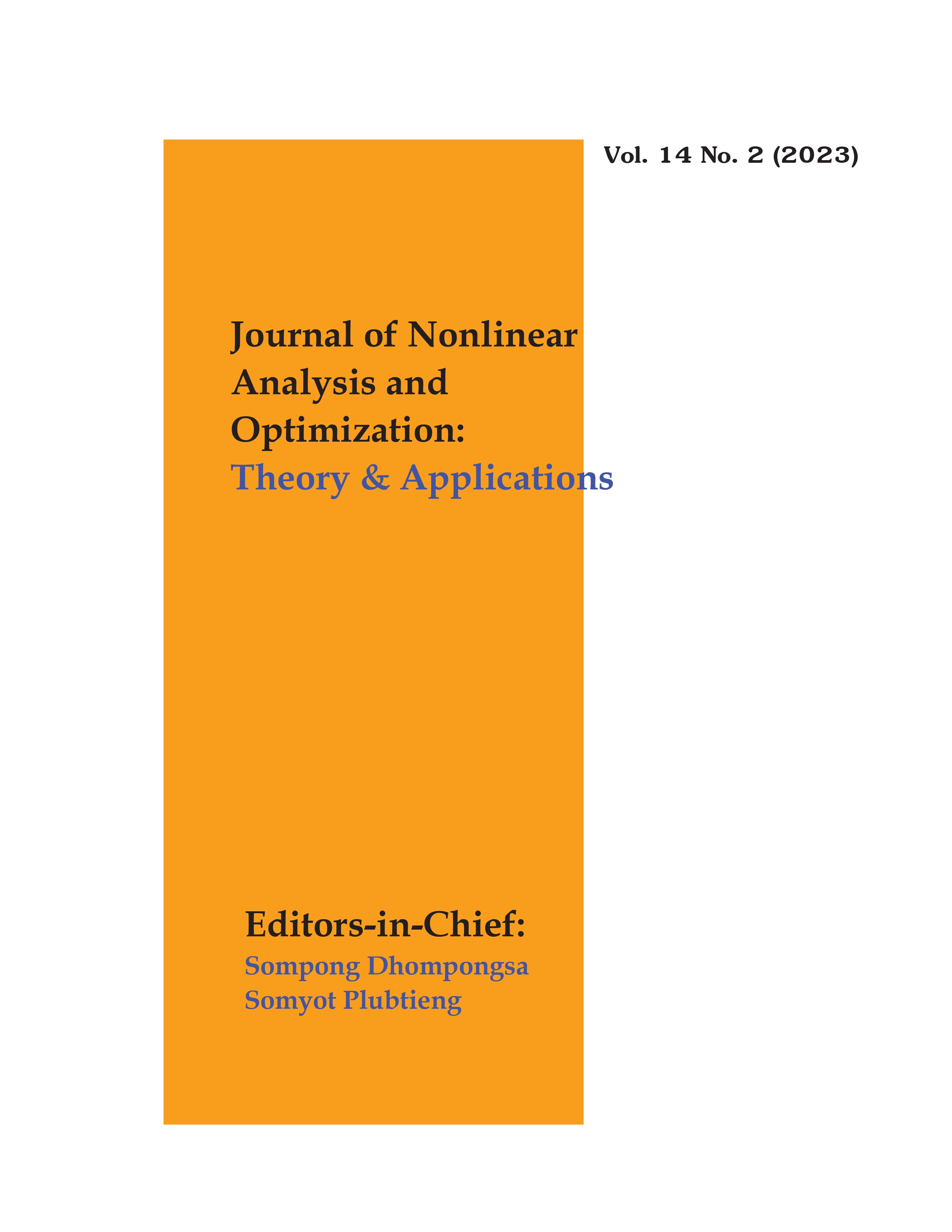P.Subhan Basha
Keywords: Wireless sensor networks, routing ,reliability, redundancy, reactive, energy conservation , QoS.
Abstract
Data aggregation is rather a common but critical operation in many applications of wireless sensor networks. Innovative techniques that improve energy efficiency to prolong the network lifetime are highly required. Wireless Sensor Networks (WSNs) are highly distributed networks consisting of a large number of tiny, low cost, light-weight wireless nodes deployed to monitor an environment or a system. Each node in a WSN consists of three subsystems: the sensor subsystem which senses the environment, the processing subsystem which performs local computations on the sensed data, and the communication subsystem which is responsible for message exchange with neighboring sensor nodes. While an individual sensor node has limited sensing region, processing power, and energy, networking a large number of sensor nodes give rise to a robust, reliable, and accurate sensor network covering a wide region satisfying Qos challenges. Thus, QOS –aware routing protocols in WSNs is a very important issue.







